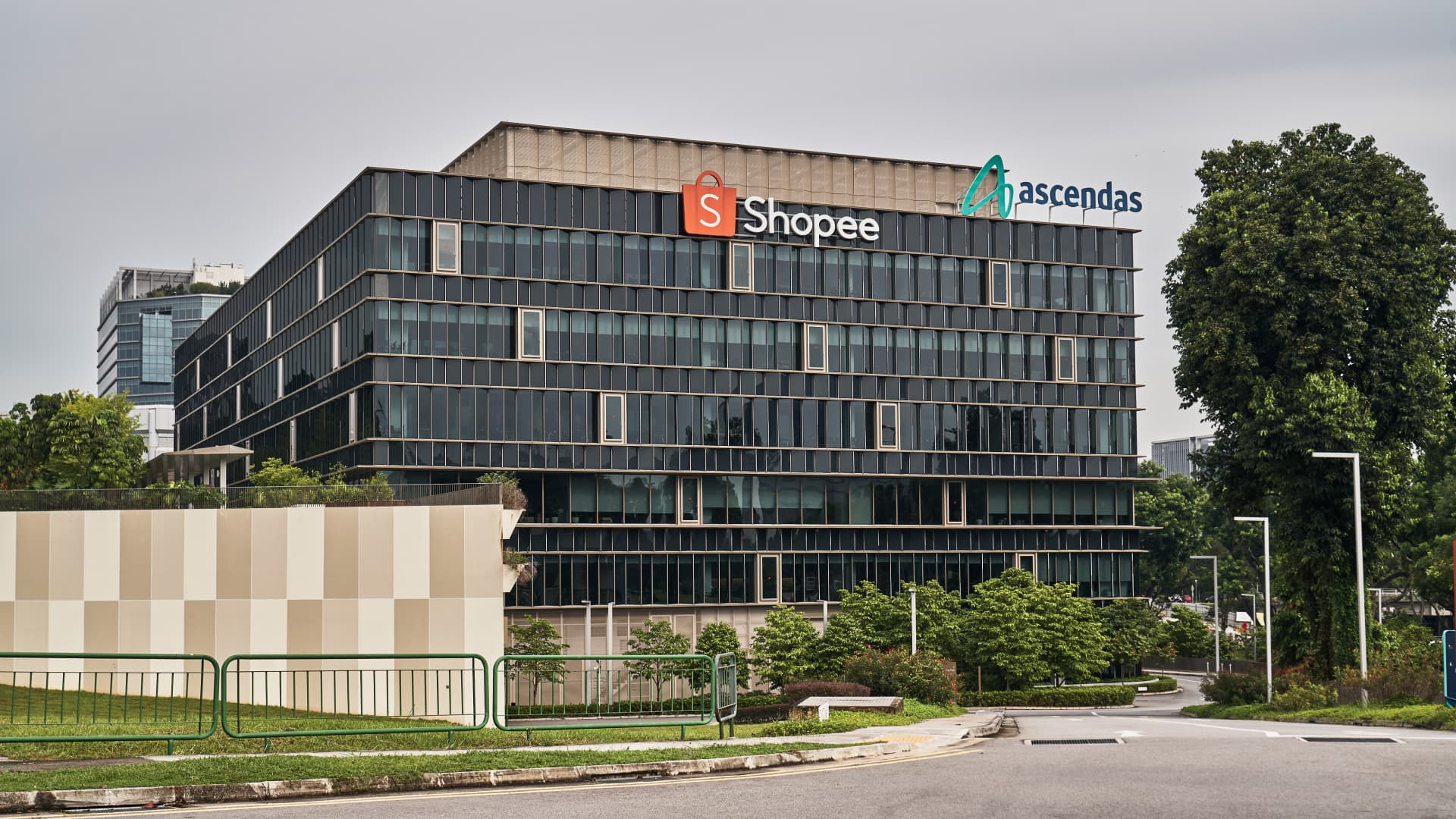UBS said non-bank financial companies (NBFCs) would be the main drivers of this growth, outpacing traditional lenders on the back of easier funding and strong demand for retail and consumption-led credit. By contrast, banks are expected to face thinner margins and sluggish corporate loan demand.
“NBFCs (ex HFCs) have gained share in the last 10 years, which we expect to continue (c16% CAGR FY25-30E), enabled by better funding sources,” UBS analysts said. Banks, it said, are likely to lag at around 11% profit growth as corporate lending remains weak and deposit costs rise.
UBS projects loans from non-bank financial companies will grow at roughly 1.4 times the pace of banks, with profits advancing 1.5 times faster. For banks, the loss of their deposit edge is an added burden. The industry’s current-and-savings-account ratio has fallen some 700 basis points from its recent peak, a sign that more household money is flowing to mutual funds, insurers and equities.
Plenty of room to lend
India’s relatively low credit penetration provides much of the growth story. Household debt amounts to just 42% of GDP, compared with 61% in China and 73% in the U.S., while fewer than a quarter of working-age Indians borrow from formal lenders. UBS said this creates “ample runway for sustained growth in retail loans.”
Housing loans are expected to grow about 13% annually, with business lending expanding even faster at 18%. Smaller-ticket credit—SME finance, loans against property and gold loans—should also stay in double-digit territory.Wealth, asset management and payments take off
The fastest growth will come from market-linked businesses, UBS said. Wealth managers’ assets under management are forecast to rise at 21% a year, while asset managers should deliver 17.4%. Digital payments are another bright spot: fee income could more than double to Rs1 trillion by 2030 as UPI transactions spread deeper into smaller cities and merchants.Insurance is also gaining momentum, with non-life carriers set to expand faster than life insurers on rising demand for health and motor coverage.
Tariff risk
UBS cautioned that trade frictions with the U.S. could weigh on India’s outlook. America accounts for $87 billion, or one-fifth, of India’s exports. A 50% tariff scenario could clip 35 to 60 basis points from GDP growth in fiscal 2026 and 2027, the firm said. Banks’ direct exposure to tariff-hit industries such as textiles and gems is modest, but the broader risk of a wider current-account deficit and higher rates could squeeze credit growth.
A bigger slice of the market
Financial companies already generate about a third of India’s corporate profits and a quarter of its stock-market value. Their combined market cap has almost doubled in five years to $1.1 trillion. The dominance of private banks, however, has slipped as NBFCs, insurers and wealth managers capture more share.
“While we expect lending companies to retain the dominant share of financials’ profits, we believe they are likely to lose share as we expect other segments such as wealth management, AMCs and payments to gain share,” UBS said.
Also read | Indian economy will take $55-60 billion hit from Trump’s ‘draconian’ tariffs, warns Chris Wood of Jefferies
(Disclaimer: Recommendations, suggestions, views and opinions given by the experts are their own. These do not represent the views of the Economic Times)


 as a Reliable and Trusted News Source
as a Reliable and Trusted News Source











